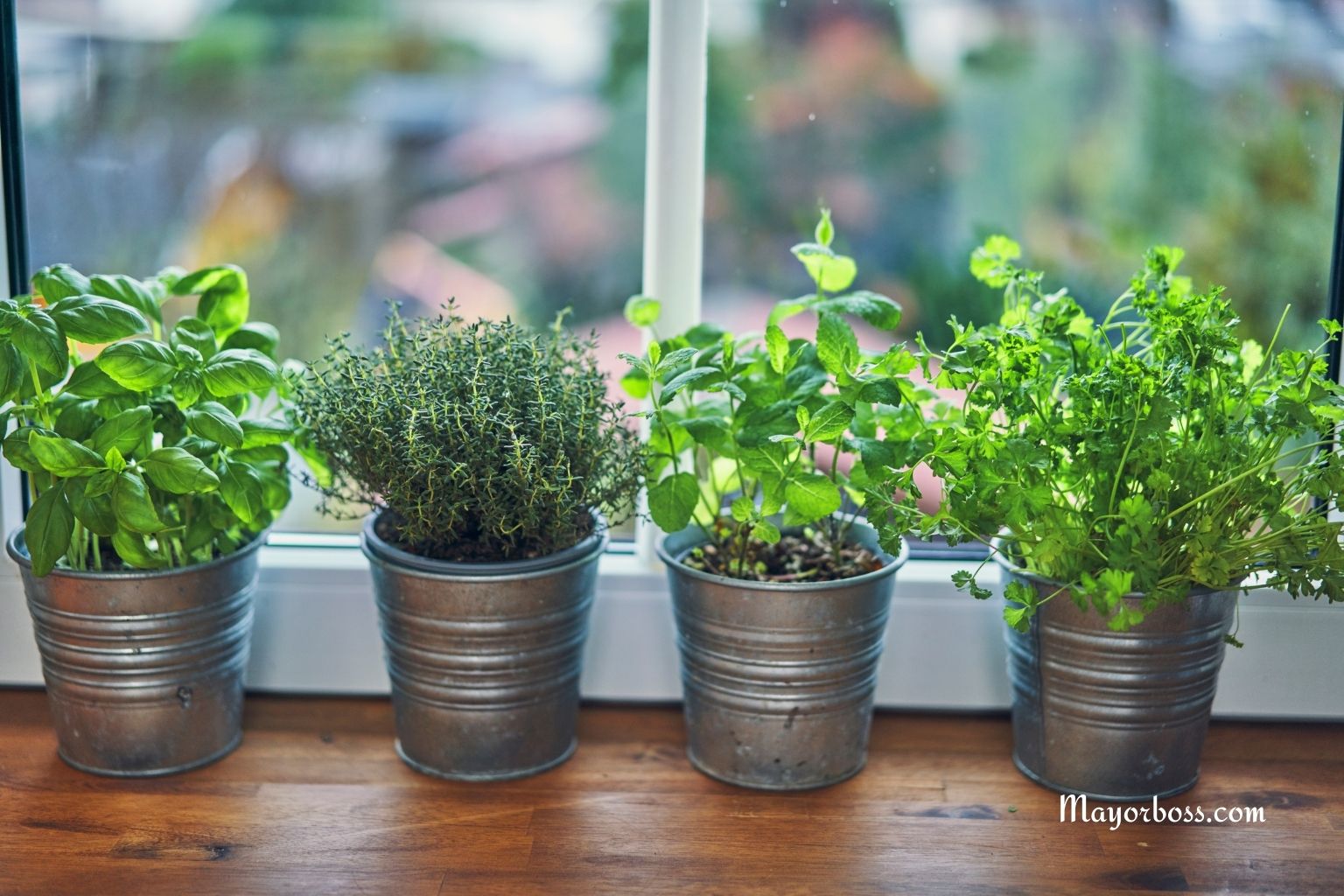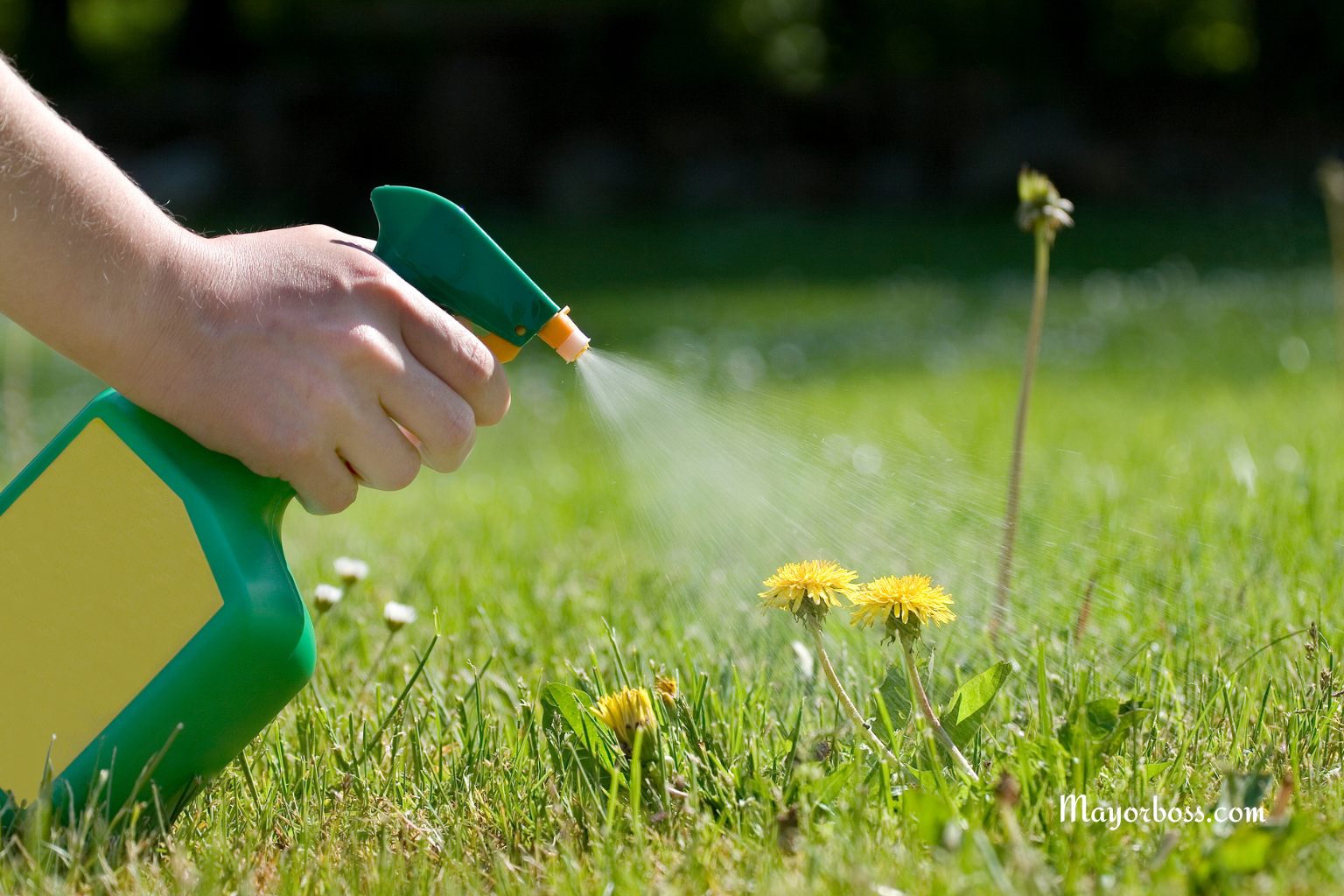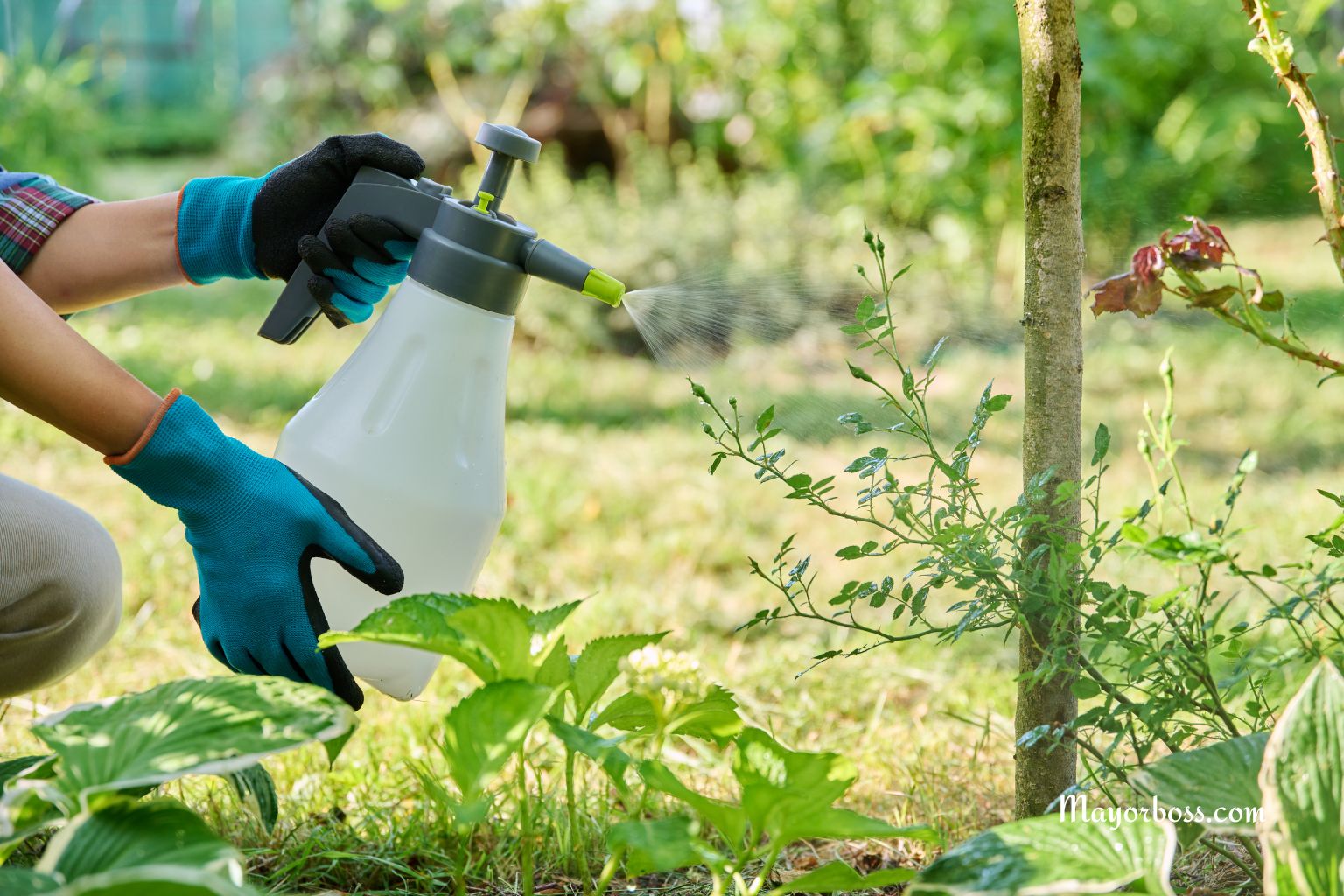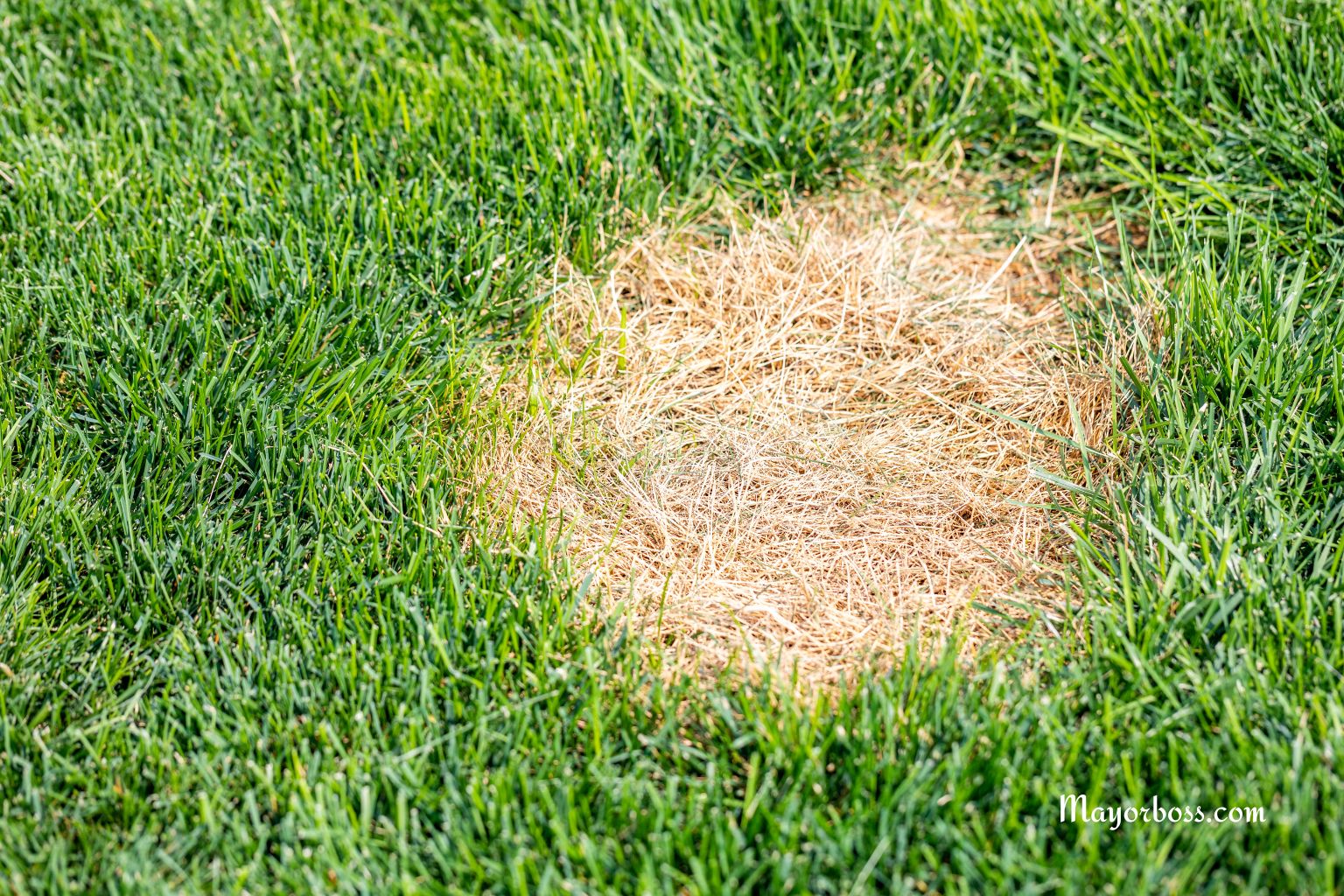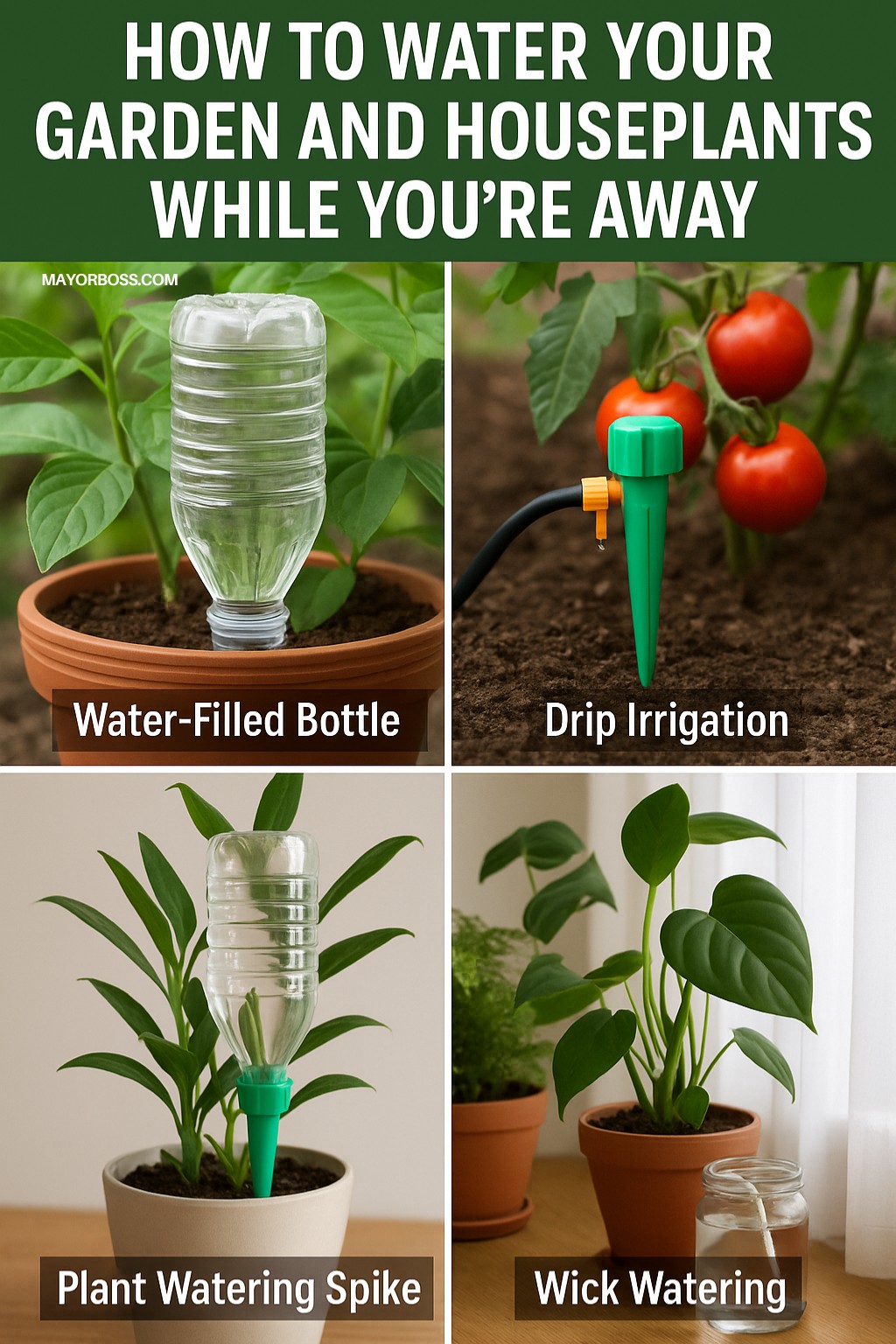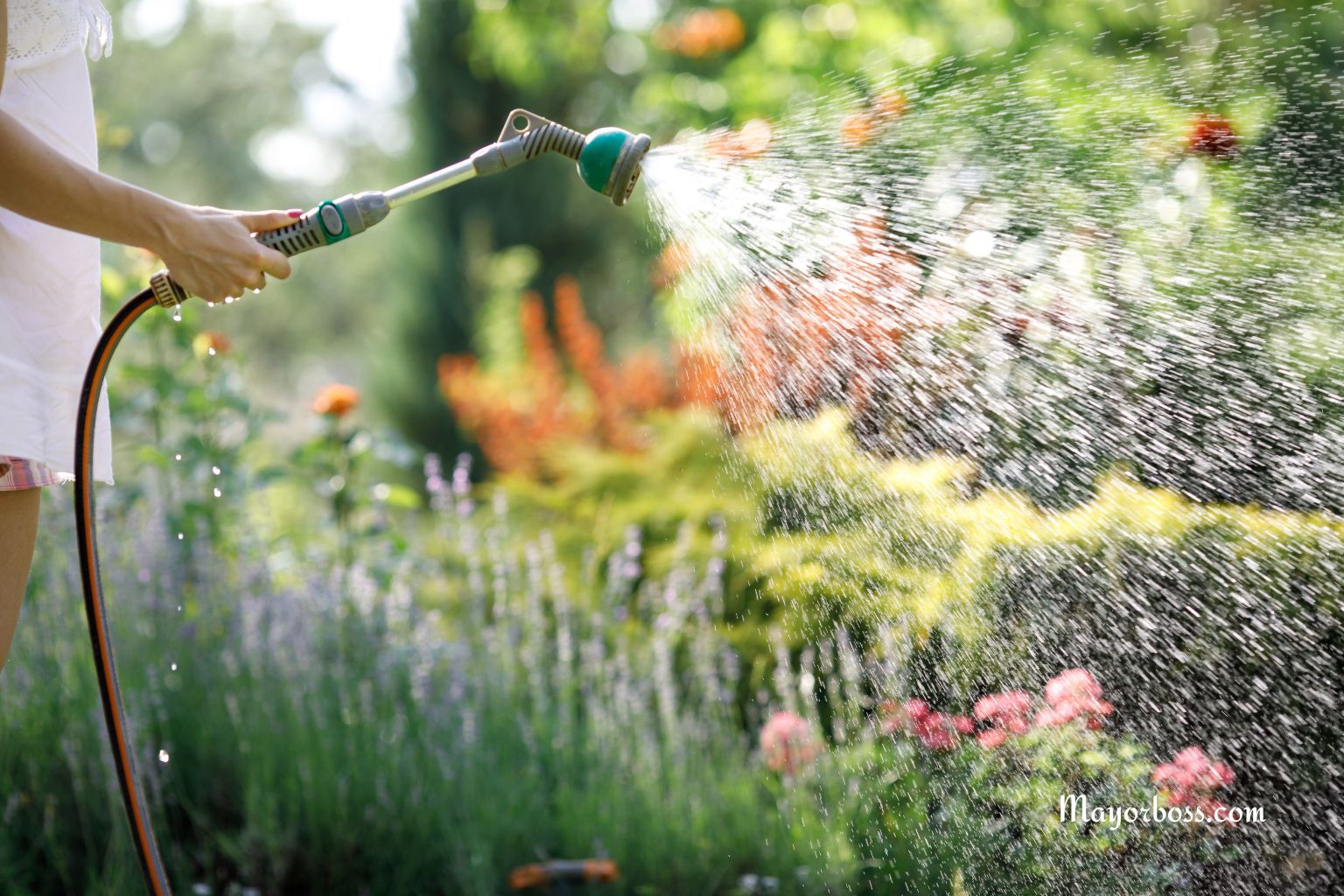How to Harvest Rosemary Properly So It Keeps Producing More Leaves
To keep your rosemary plant healthy and producing more leaves, harvest by trimming small sprigs with sharp scissors or garden shears, always cutting just above a leaf node. Take only one-third of the plant at a time, and avoid cutting into woody stems. Regular, careful harvesting encourages fuller, more vigorous growth.

Imagine stepping outside, reaching for your rosemary plant, and always finding it lush and full of fragrant leaves, ready to flavor your meals. Many people worry that harvesting might weaken the plant or slow its growth. In reality, harvesting rosemary the right way actually encourages it to grow back even fuller. The key is to use the correct technique and timing.
Rosemary is a hardy herb, but careless harvesting can damage it. If you cut too much or take from the wrong place, you risk stunting the plant or causing it to become woody and sparse. When harvested properly, rosemary will respond by producing more tender leaves and new shoots. This means more fresh herbs for your kitchen and a plant that looks better year after year.
When Is the Best Time to Harvest Rosemary?
You can harvest rosemary year-round if you grow it indoors or live in a mild climate. For outdoor plants, the best time to harvest is spring through early fall, when the plant is actively growing. Avoid harvesting just before winter, especially if you live in a cold region. Give the plant time to recover and store energy before cold weather sets in.
- Morning is ideal: Harvest after the dew has dried, but before the heat of the day. The leaves are most aromatic at this time.
- Active growth: Wait until your rosemary is at least a year old or about 12 inches tall before harvesting large amounts.
How Much Rosemary Should You Harvest at Once?
It’s tempting to take as much as you need, but moderation is important. Never harvest more than one-third of the plant at one time. Taking too much can stress the plant and slow regrowth. Always leave plenty of healthy leaves behind.
The Correct Way to Cut Rosemary
Proper technique helps your plant recover quickly and continue growing. Here’s what you need to do:
1. Use Clean, Sharp Tools
Always use sharp scissors or garden shears. Dull blades can crush the stems and invite disease. Clean your tools before use to prevent spreading bacteria or fungi.
2. Cut Above a Leaf Node
A leaf node is where the leaves grow from the stem. When you cut just above a node, the plant sends out new shoots from that point. This encourages bushier, fuller growth.
- Find a healthy stem: Choose a green, flexible stem, not a woody or old one.
- Snip above the node: Make your cut about ¼ inch above a set of leaves.
3. Avoid Cutting Woody Stems
Older, woody stems are slower to regrow. Focus on the green, soft parts of the plant. Over time, regular harvesting will encourage more soft stems and new leaves.
4. Take Small Sprigs
Harvest sprigs that are 4–6 inches long. Shorter cuts help the plant bounce back and reduce the risk of over-harvesting.
Tips for Ongoing Rosemary Harvest
- Rotate your cuts: Don’t take all your rosemary from one area. Move around the plant, so each section has time to recover.
- Pinch the tips: Occasionally, pinching the tips of the stems (removing just the top inch or two) helps create a bushier plant.
- Harvest regularly: The more you harvest (within reason), the more your rosemary will produce. Consistent trimming signals the plant to keep growing.
Caring for Your Rosemary After Harvest
- Water wisely: Rosemary doesn’t like soggy soil. Make sure it has good drainage and only water when the top inch of soil feels dry.
- Provide sunlight: This herb thrives in full sun. At least 6–8 hours per day is ideal.
- Feed lightly: Rosemary doesn’t need heavy feeding. A light application of balanced fertilizer in spring helps support healthy growth.
Common Mistakes to Avoid
- Cutting too much at once: Removing too many stems can shock the plant.
- Harvesting from woody stems: These won’t regrow as easily.
- Ignoring signs of stress: If your plant looks droopy or yellow after harvesting, pause and allow it time to recover.
FAQs
1. How often can I harvest rosemary?
You can harvest small amounts every couple of weeks. As long as you never take more than one-third of the plant at once, rosemary will continue to regrow.
2. Can I use rosemary right after harvesting?
Yes, fresh rosemary is ready to use immediately. You can also dry or freeze the leaves for later.
3. What if I accidentally cut too much?
Give your plant time to recover. Water sparingly and keep it in a sunny spot. Avoid further harvesting until you see new growth.
4. Why shouldn’t I cut the woody stems?
Woody stems are older and regrow slowly, if at all. Focus on green, flexible stems to promote healthy new shoots.
5. Will my rosemary survive winter after harvesting?
If you live in a region with cold winters, stop major harvesting by early fall. This gives your rosemary time to recover and store energy before the cold sets in. Mulching around the base can help protect the roots.

